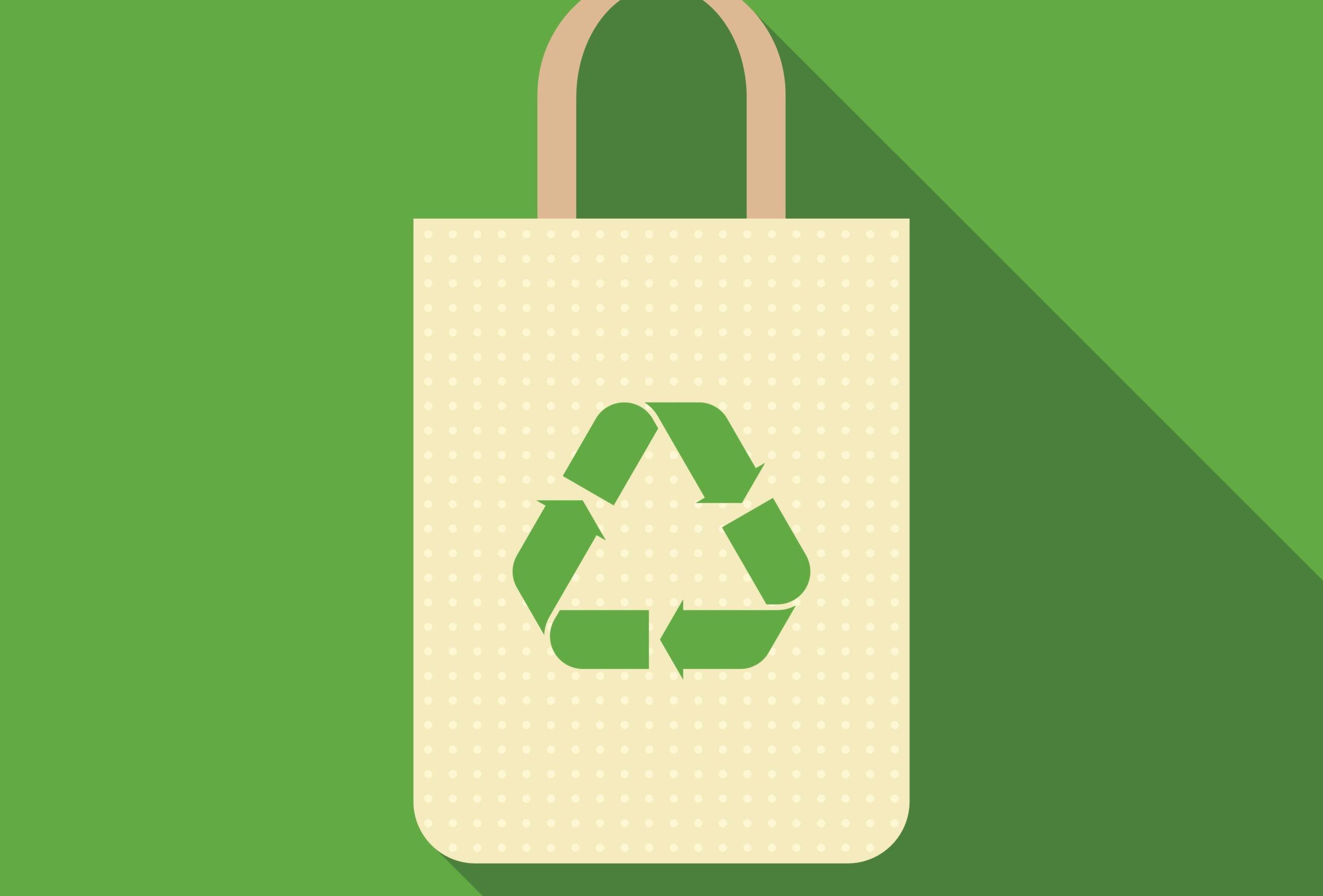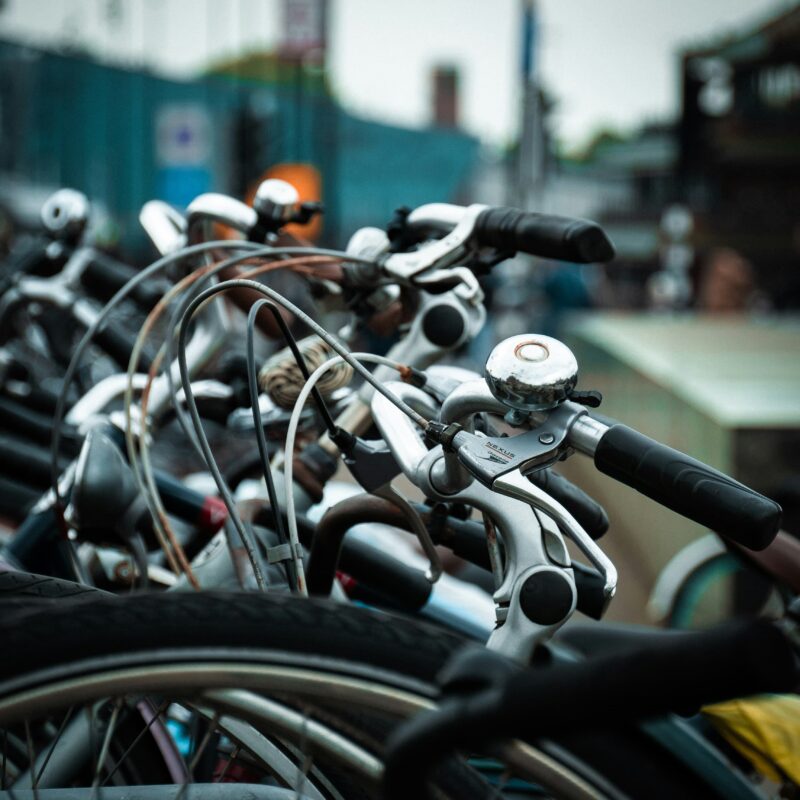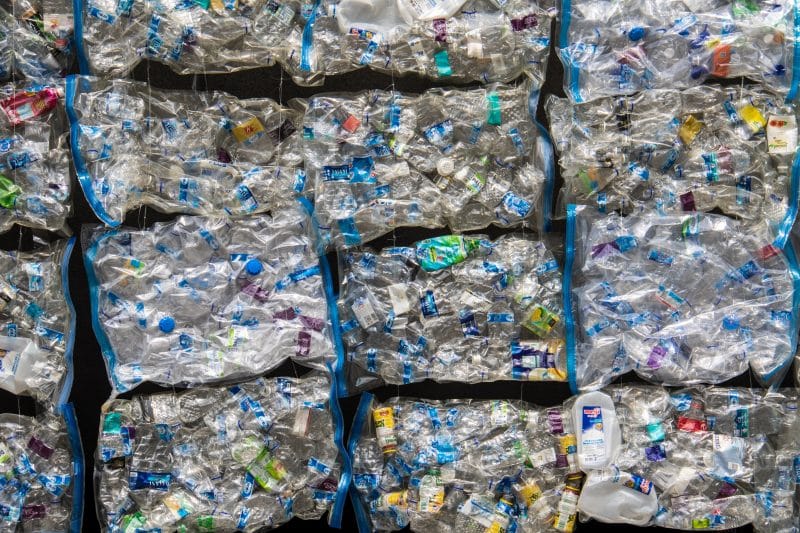News
Waste management
Waste policy and planning
Waste prevention
Plastic Bags Are More Environmentally Friendly


Every year, we buy millions of bags in the supermarket to carry our groceries on the way home. The majority of these bags are made of plastic and end up being used as rubbish bags. Some choose to buy bags made of paper, cotton, bio and recycled plastic, often with the assumption that they are more environment friendly than traditional plastic bags.
However a new study, which the Technical University of Denmark’s Environment Department completed for the Danish Environmental Protection Agency, demonstrates that a plastic bag made from low-density polyethylene (LDPE) has the smallest impact on the environment. The calculation is based on a lifecycle assessment.
- Related news: Danish Town's Ambitious Climate and Energy Programme Spreads Ripples Across The World
This means that all the processes, which are incorporated in the manufacturing and disposal of the bag, are included in the calculations. The bags have been evaluated based on 15 different environmental impact indicators. The indicators cover the bags’ influence on the climate change, ozone-formation, freshwater eutrophication, human cancer risks, resource consumption and particle pollution.
In most indicators the LDPE-bag, which is only used once to bring home groceries and then as a household trash bag, has the smallest environmental impact.
Cotton needs to be recycled 7100 times.
To give an idea of how environmentally damaging the different grocery bag alternatives are, the Danish Environmental Protection Agency indicates how many times the alternatives to the LDPE-bag need to be recycled in order to achieve the same environmental impact.
The study shows that a plastic bag made of bio-materials, which is later used as a waste bag and afterwards incinerated, needs to be recycled for shopping 42 times, before the amassed amount of environmental damage reaches the same level as the LDPE-bag.
The use of a unbleached paper bag is equivalent, as it needs to be recycled 43 times, a bag made of renewable PP needs to be recycled 45 times, and a cotton-bag has to be brought to the supermarket and back up to 7100 times (and around 20,000 times, if the cotton is organic),to assure the environmental impact is similar to the LDPE-bag.
- Related news: Denmarks first Organic Biogas Plant Inaugurated
Paper is just as good for the climate.
If one looks solely at the environmental indicator, which relates to climate change, the study shows that bags of bio polymeric and unbleached paper have the same impact as LDPE bags, whereas cotton bags need to be recycled 149 times to reach the same climate change impact as LDPE bags.
Special warnings are reserved for the so-called decomposable or biodegradable bags made from bio-plastic. The problem is that they don’t degrade properly, and therefore there is a greater risk that they are thrown away and not incinerated. As the Danish Environmental Protection Agency writes:
-It is easier for us to leave garbage, when we believe they will decompose.
Overall, it is recommended to reuse our bags as many times as possible.
Lastly, there is also the financial aspect: in Denmark, where customers have to pay up to 3.50 DKK (approximately EUR 0.50 cents) for a plastic bag at the supermarket, but a cotton-bag can be acquired for 50 DKK (EUR 6) and can last for many years.
- Source: Ingeniøren
You should consider reading
Perspective
Circular business models
+4















